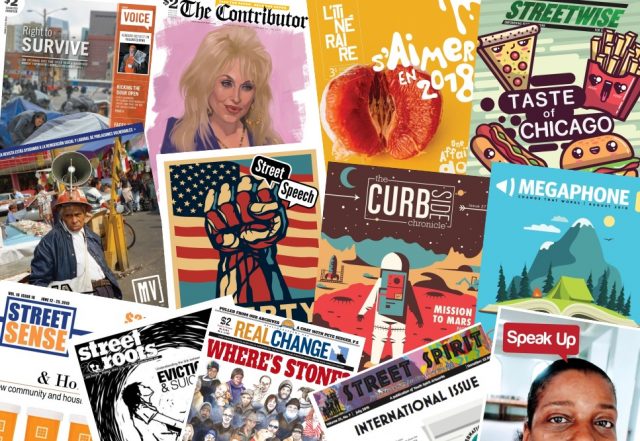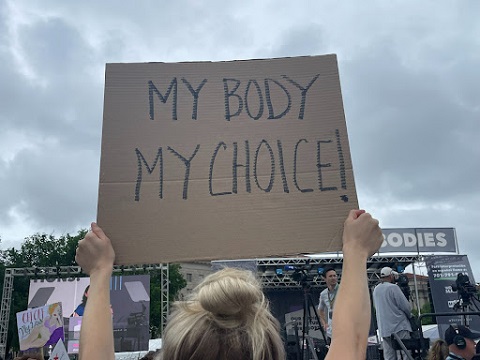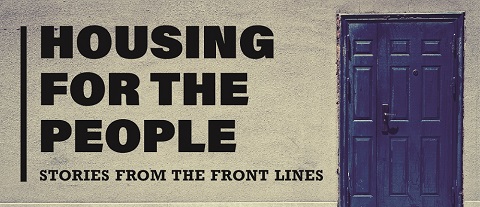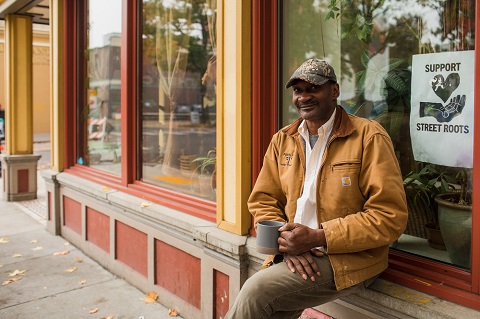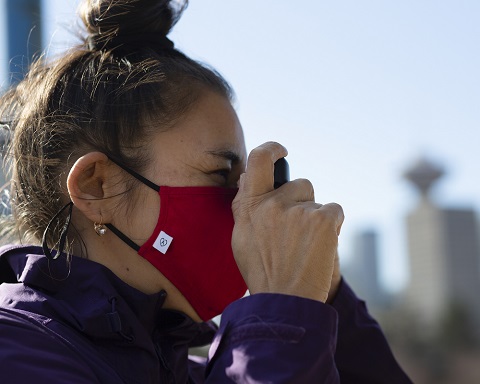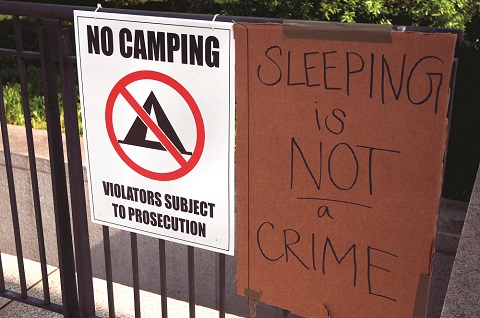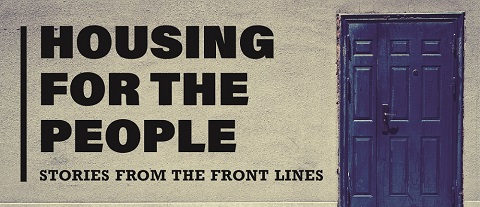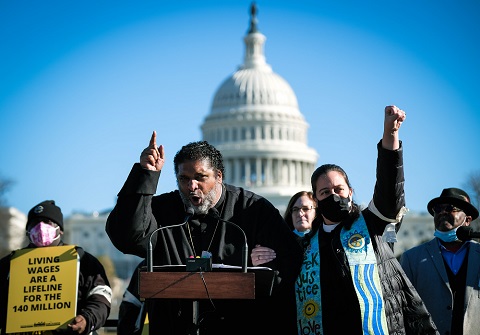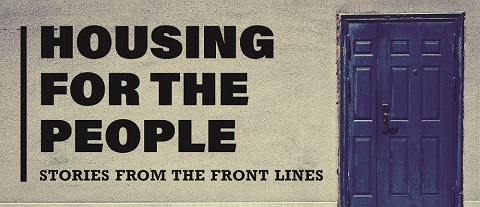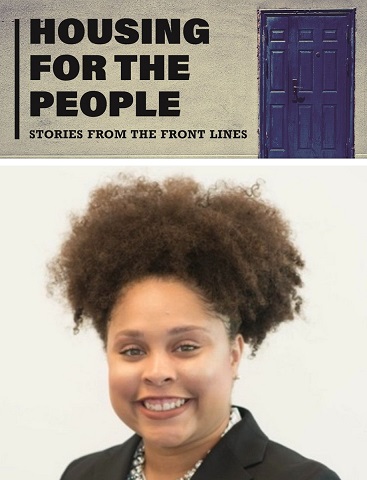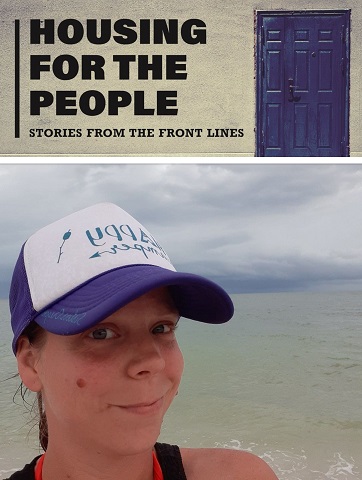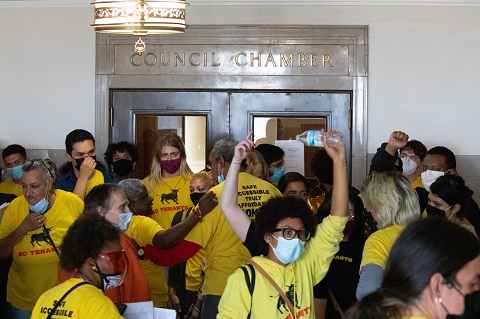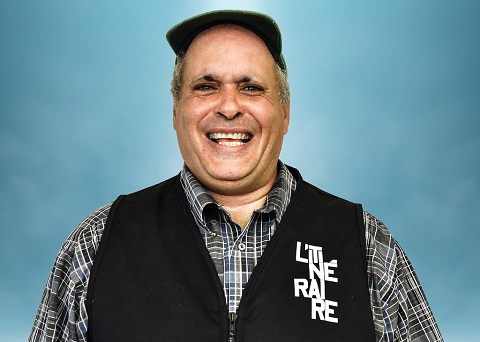By Jill Shaughnessy
The story of the “struggling college student” is perpetuated in the United States. It may bring to mind the idea of subsisting on a diet of Ramen noodles or couch surfing for a semester. The example of a hungry, poor college student has been made out to be a common rite of passage. It’s considered almost normal to “struggle” during those crazy, college years.
A demographic often overlooked in terms of hunger and homelessness is college-aged citizens and those enrolled in college. In some cases, these problems arise because parent support stops when entering college, while others have experienced hunger or housing insecurity prior. Some college students may find themselves financially unprepared to meet their basic needs after paying for tuition. Beyond that, universities are often ill-equipped to help these students.
The COVID-19 pandemic has only worsened this. In 2020, when many schools were forced to hold only virtual classes, some students had to scramble for accommodation. While many students find themselves back with their parents, others just don’t have the option. Those who used to rely on university meal plans may no longer have this accessible food resource.
The Hope Center is a non-profit aiming to assist colleges and universities with research and resources about food and housing insecurity. Their 2020 study surveying over 38,000 college students found 3 in 5 students were experiencing basic needs insecurity. Food insecurity affected 44 per cent of students at two-year colleges and 38 per cent at four-year institutions. 15 per cent of the students surveyed who attended 4-year colleges were experiencing homelessness due to the pandemic.

Maya is a 21-year-old college student who currently attends Ohio State University in Columbus, Ohio. Maya struggled with food insecurity before going to college. As a high school student, she relied on her mother’s Supplemental Nutrition Assistance Program (SNAP) benefits, commonly referred to as food stamps, to supplement her family. When she entered university, she was no longer receiving any government benefits nor financial support from her mother. Maya was used to working 40 hours a week to help support herself, her sisters, and her mother. Once entering college, this all changed.
“I think a lot of people think college at a four-year university is a luxury, but it shouldn’t be,” she says. “When I was living with my mom, she couldn’t really help me, I was helping her. Since parents can’t always step in, the government should be the helping hand because we are just starting off on our own”.
Maya recalls a time when she was not able to make ends meet for the semester. She was denied a loan even through the best cash advance apps and couldn’t figure out how to continue to take all of her classes and pay for groceries. She sat down with her roommates and they looked at her budget. She had bills to pay and was unable to manage everything. Her roommates offered to pay for her food for the term.
“They had the resources, and they were kind enough to help. But I just don’t want to rely on anybody else. It’s not their responsibility to take care of me,” she says emotionally.
Existing challenges have been only compounded by the pandemic in the past year. For example, Maya received the stimulus check from the United States government which helped her during the pandemic, but other students were excluded from this relief bill. The first 2 rounds of stimulus checks did not grant college-aged dependents the benefits. The term ‘dependent’ refers to an adult that is still claimed on their parent’s taxes. It is often not the choice of the student.
The government ignored dependents; despite the fact the group was hit hard by the pandemic. With dining halls shut down and student housing paused, the stimulus check would have gone far for many students.
Many schools have been trying to fix these problems and make sure their students can meet their basic needs. At Arcadia University in Glenside, Pennsylvania, this meant allowing housing-insecure students to continue living on campus while the majority of the school was shut down. In addition, they are helping students by offering a free food service, called Knight’s for Nutrition Food Pantry, to supplement their food needs.
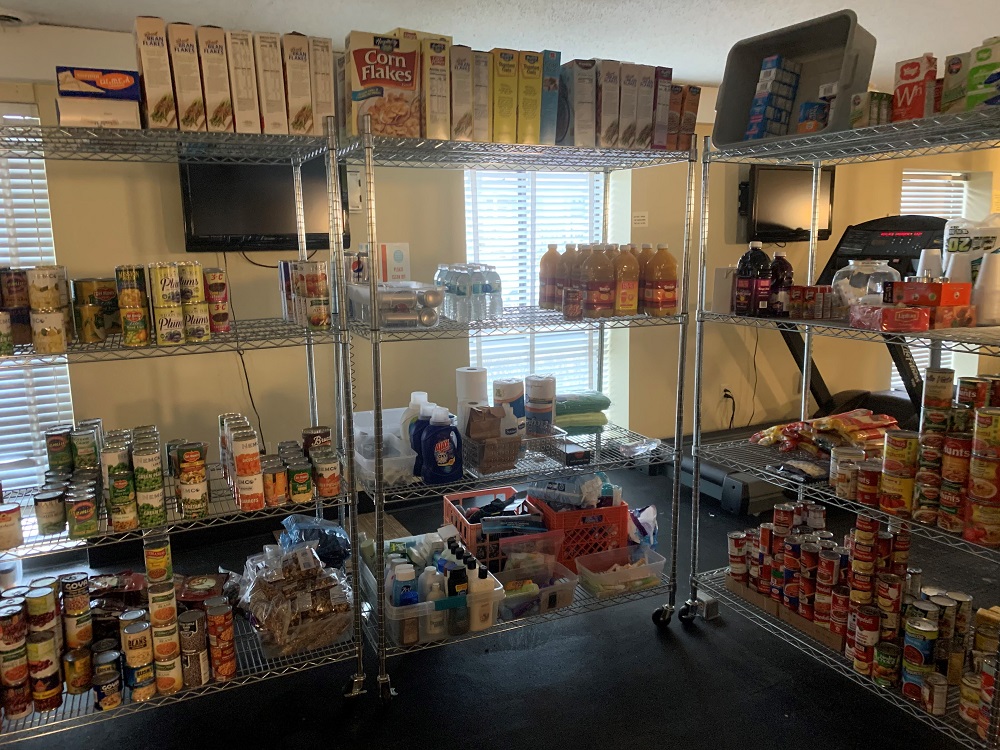
The Knight Pantry was started before the pandemic to combat the obstacle of college hunger. There are no restrictions on who can get food or what items can be taken. They have a “no questions asked policy” for the students. The pantry is managed by the housing office but almost completely student-run. Tyanna Taylor operates the pantry three days a week.
“I will say there has been a high demand for the pantry. We are trying to do our best to destigmatize its use. We want everyone to feel comfortable coming to get the things you need for free because you have the right to feed yourself,” she says.
The pantry has things like feminine hygiene products, laundry detergent, and deodorant, as well. There is an option for groceries to be delivered at no cost right to the student’s doors through a larger local pantry, if needed.
These services go a long way for the food insecure. Taylor says keeping up with studies at a university is a full-time job. She believes college students should not have to worry about feeding themselves, especially in a pandemic.
Taylor says: “We are trying to make it known that it is not just a food pantry, but a resource pantry. We want to be able to educate students, like how you can apply for food stamps. We want to be that bridge for students.”
There are other efforts being made across the country to tackle college hunger. Swipe Out Hunger is a national nonprofit based in California. They were founded in 2010 to help college students and universities design anti-hunger programs. Tenille Metti Bowling is the communications director for Swipe Out Hunger. She describes one of their more popular resources, the Swipe Drive, as a project that “allows students from different colleges to use their leftover meal swipes for their peers on campus who are facing food insecurity.”
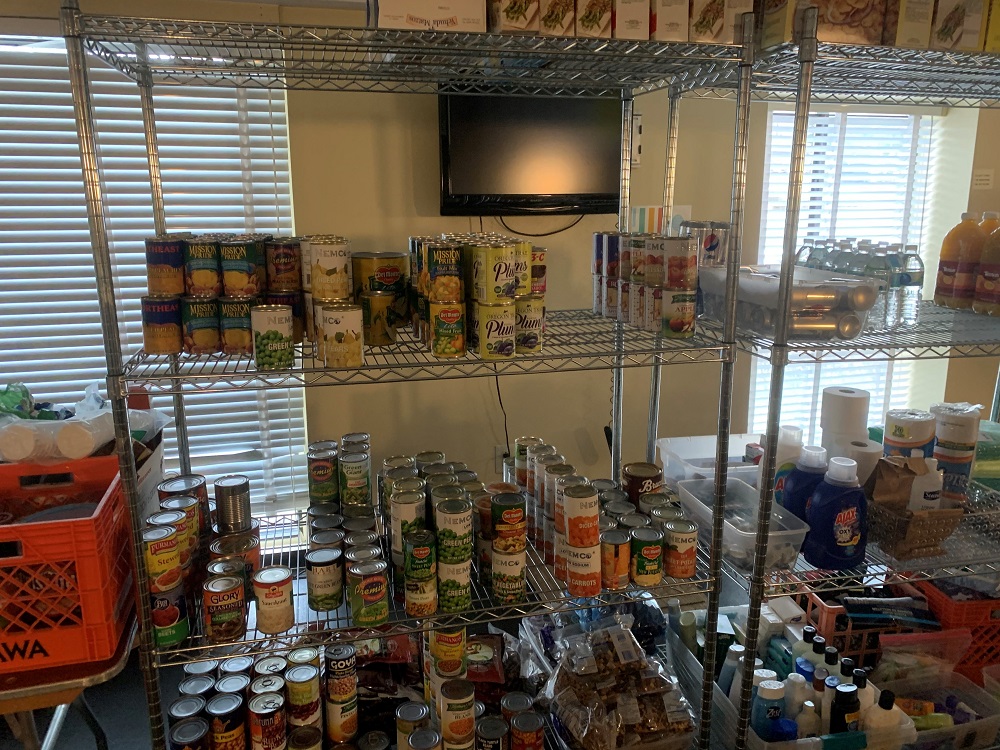
In most colleges in the US, meal plans work on a swipe system where students have a certain number of swipes or points that can be exchanged for access to a dining hall or a meal. The students who have extra, unused “swipes” are able to give them to students who are food insecure at no charge.
The eligibility for this resource varies between the 130 campuses affiliated with Swipe Out Hunger. Swipe Out Hunger believes in “the lowest barrier to access” for college students. They work directly with different universities to allow students to receive the help they need with projects like the Swipe Drive. The nonprofit is determined to destigmatize college hunger by allowing students to be at the forefront of the cause.
“We know no matter who you are or where you come from, food insecurity really can affect you. It’s a spectrum. I know I was most struck to hear some of our students who started programs at their universities did so because some of their friends who are athletes, who are representing their school, were hungry. I think hunger is right in front of us, but we haven’t really been able to identify it as such because of the stigma associated with food insecurity,” says Metti Bowling.
She discusses how different programs have changed due to the COVID-19 pandemic. Some schools are partnering with Grubhub to allow students access to discounted, delivered food despite closed dining halls and programs.
Furthermore, the Hope Center for College, Community, and Justice was founded in 2013 and is currently located at Temple University in Philadelphia, Pennsylvania. Part of their initiative is #RealCollege, that is “redefining what it means to be a student-ready college.” The Hope Center and #RealCollege understands basic needs like food and a safe place to stay are needed for learning and that “students are human first.”
In addition to research, The Hope Center is dedicated to informing students about the resources available to them. From food pantries to programs like the Swipe Drive, the Hope Center compiles the different types of support on their website.
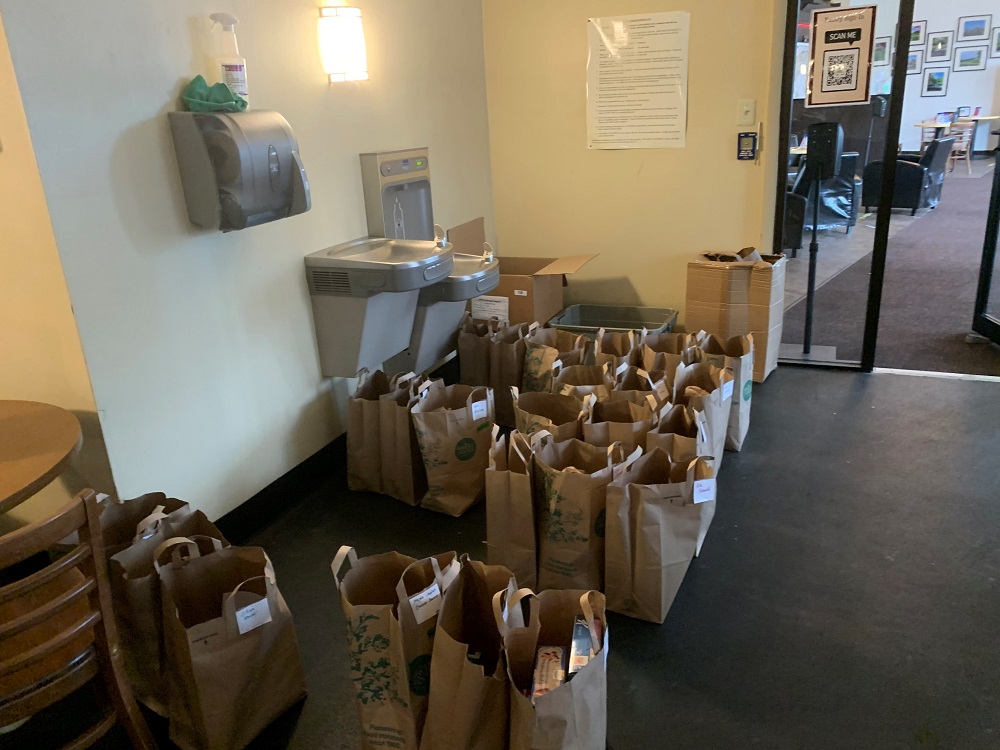
Dr Jennifer King, a practitioner-researcher at the Hope Center, notes that the issue of basic needs insecurity existed prior, but the coronavirus pandemic has further exposed the situation. “We encourage all thinkers and doers in higher education to view the Hungry to Learn documentary, which features the lives of #RealCollege students navigating their academic journey while managing a host of vulnerabilities that were practically nonexistent twenty years ago,” she says. The documentary, presented by Soledad O’Brien, shows what college hunger is like for four unique students.
Within the Hope Center, the Policy and Advocacy staff follow legislation regarding this issue and systematic change on both the federal and state levels.
Dr King says: “Number one is the research. We want research to be actionable through engagement and communication with colleges, universities, and students, as well, about what’s going on, and what can be done. That communication then extends itself to state and federal legislation to ensure these are not just institutional changes, but there is systemic change, for college students to thrive, while they’re completing their degree.”
In January of 2021, President Joe Biden announced his $1.9 trillion-dollar American Rescue Plan which includes hopeful policy for college students facing basic needs insecurity, which has since passed and been signed. The bill aims to extend the third stimulus legislation to include adult dependents. This would mean eligible college students would receive the 1,400-dollar stimulus check. In addition, part of this plan allowed qualifying college students the option to receive food stamps after being excluded previously. Although these efforts are slowly coming along, many students will be able to benefit from the food stamps.

It is important to mention: this is temporary SNAP eligibility due to the pandemic. A statement by the Hope Center reads: “We hope the administration will build on this stimulus plan, and codify many of the opportunities and expanded support that are set to disappear when COVID-19 is finally eradicated.” Permanent actions will still need to be examined and established in the future. With the help from resources like the Hope Center, Swipe Out Hunger, and more, progress can be made.
“As students, we are just getting our feet in the door. In college, you still have to perform like everyone else, even if you’re struggling. Being expected pay my bills, earn enough to feed myself and attend college full time is a lot to handle alone,” says Maya.
In the United States, a college education is not a given. Many students cannot afford to attend university at all. But for those trying to get a higher education, their basic needs should not be neglected. After all, college is more than “living on Ramen.”




